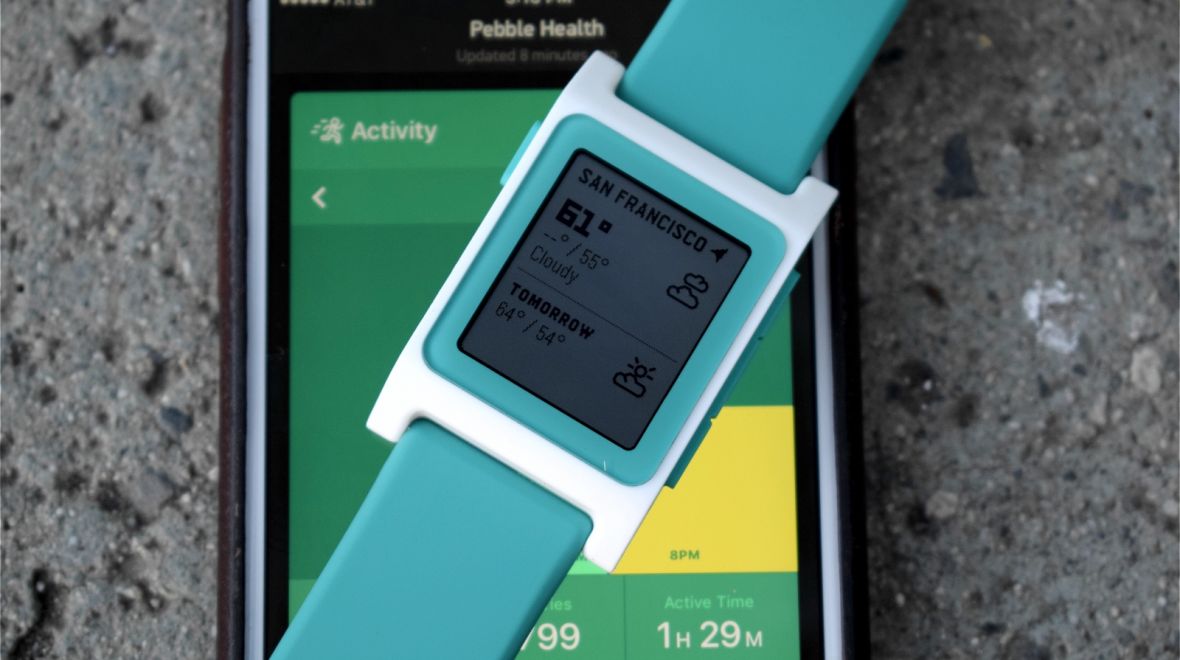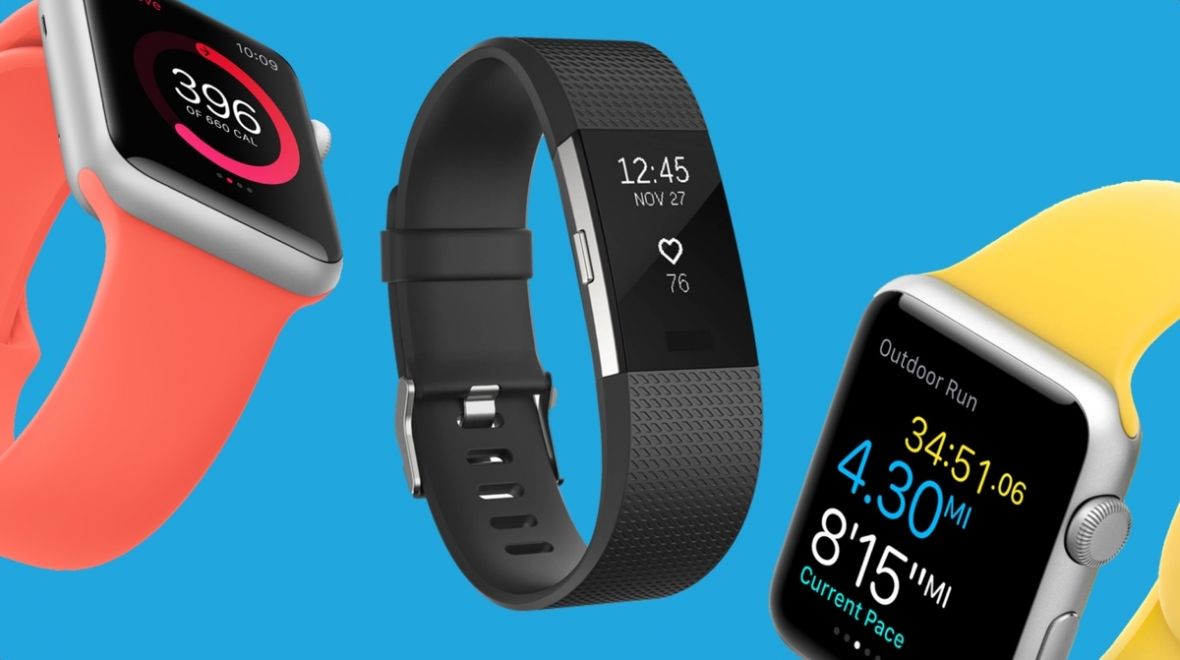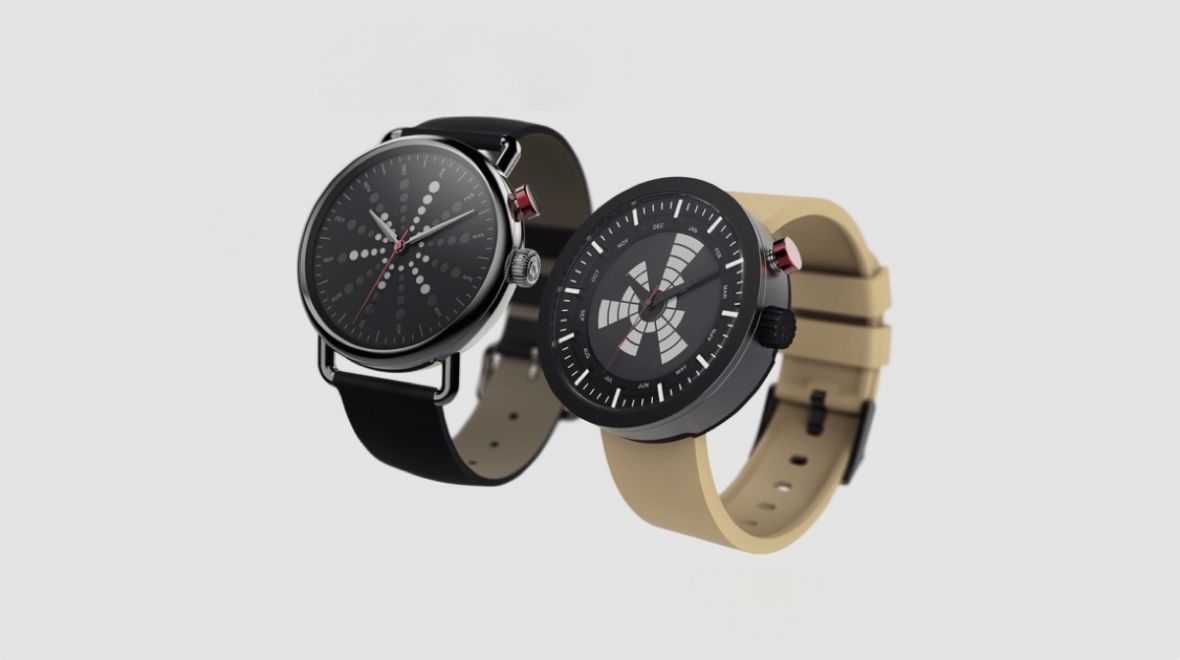Wearable tech only went and grew again with worldwide shipments increasing sharply thanks to the latest smartwatches, according to the latest IDC report.
The analytics company has estimated that 24.7 million wearable devices were shipped in the first quarter of 2017, up 17.9% on the same period in 2016. It’s a sure fire sign of the maturity of wearables and sustained interest from the public – but when you delve into the details, it’s clear things are changing fast.
While Fitbit has long been a leader in terms of wearable sales, shifting 50 million devices over the last five years, its grip on the market has slipped. IDC’s report ties Xiaomi and Apple for shipments, which it says shows how the public has moved on to embrace smartwatches, while the budget end of the fitness tracker market has finally started to eat into Fitbit’s share.
Xiaomi shifted 3.6 million of its cheap fitness trackers in the first quarter of 2017, which is actually a small drop year-on-year. Apple, on the other hand, sold the same number of its premium-priced smartwatches, which represented a 64% boost from the same period last year.
Worryingly, Fitbit came in third with 3 million devices – a 37.7% decrease in sales from the 4.2 million in Q1 2016.
“Fitbit finds itself in the midst of a transformation as user tastes evolve from fitness bands to watches and other products,” said Ramon Llamas, research manager for IDC.
Get your next Apple Watch fix
“This allowed Xiaomi to throttle up on its inexpensive devices within the China market and for Apple to leverage its position as the leading smartwatch provider worldwide. Now that Xiaomi and Apple have supplanted Fitbit, the next question is whether they will be able to maintain their position,” he continued.
The figures from other companies also back up a smartwatch surge in popularity, and Samsung was another winner, enjoying a 43.9% increase on its early 2016 performance, but still lagging with 1.4 million sales. But there is reason to be cheerful if you’re at the head table at Fitbit.
However, the acquisitions around the forthcoming Fitbit smartwatch was flagged by IDC as a reason to be optimistic about the company’s fortunes. It will also make pleasant reading for the host of luxury watchmakers that got behind Android Wear back at Baselworld in March. Most of those devices – including ones from Diesel, Hugo Boss and Guess – are all due to launch at the end of the year.
If these figures are accurate – and there are always questions around the methodology of research – then it seems like the long-standing question mark over the fitness tracker space may finally be starting to bite.
But those that have questioned the enthusiasm for smartwatches may have to start to eat their words, as it looks like the wearable landscape is changing.


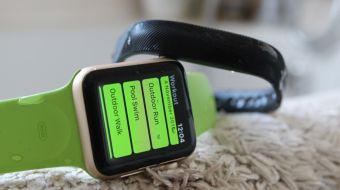 Swimming with Apple Watch Series 2 and Fitbit Flex 2We spend some serious pool time with the two waterproof wearables
Swimming with Apple Watch Series 2 and Fitbit Flex 2We spend some serious pool time with the two waterproof wearables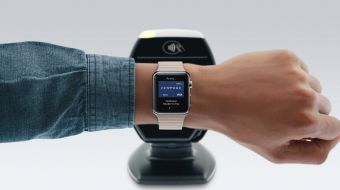 How to set up and use Apple Pay on your Apple WatchEverything you need to know about paying for stuff with your Apple Watch
How to set up and use Apple Pay on your Apple WatchEverything you need to know about paying for stuff with your Apple Watch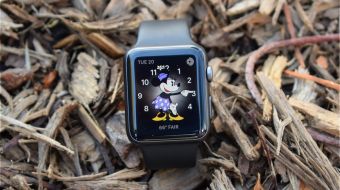 Apple Watch guide: How to navigate your first hourMissing manual: How to get the most out of your Apple Watch
Apple Watch guide: How to navigate your first hourMissing manual: How to get the most out of your Apple Watch